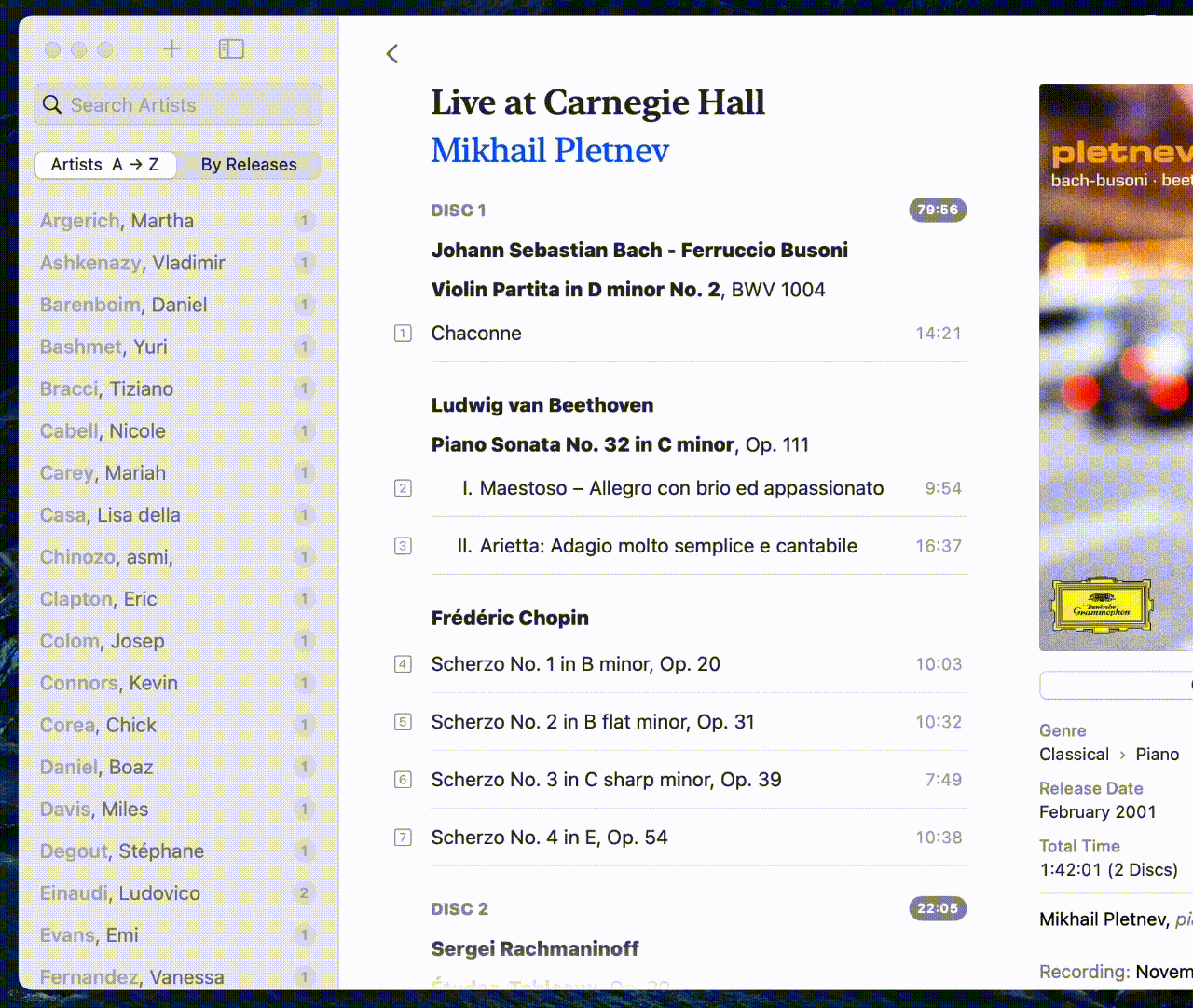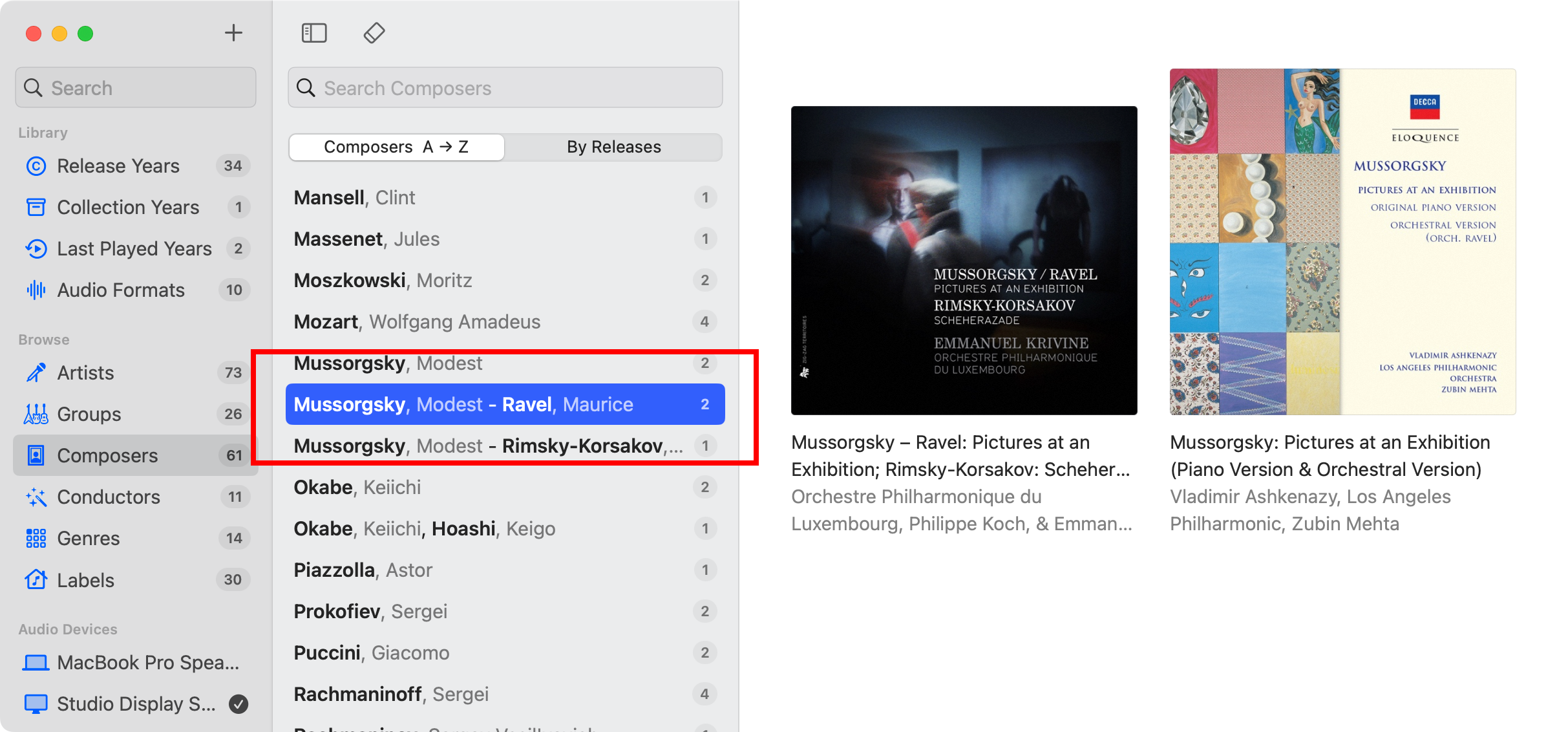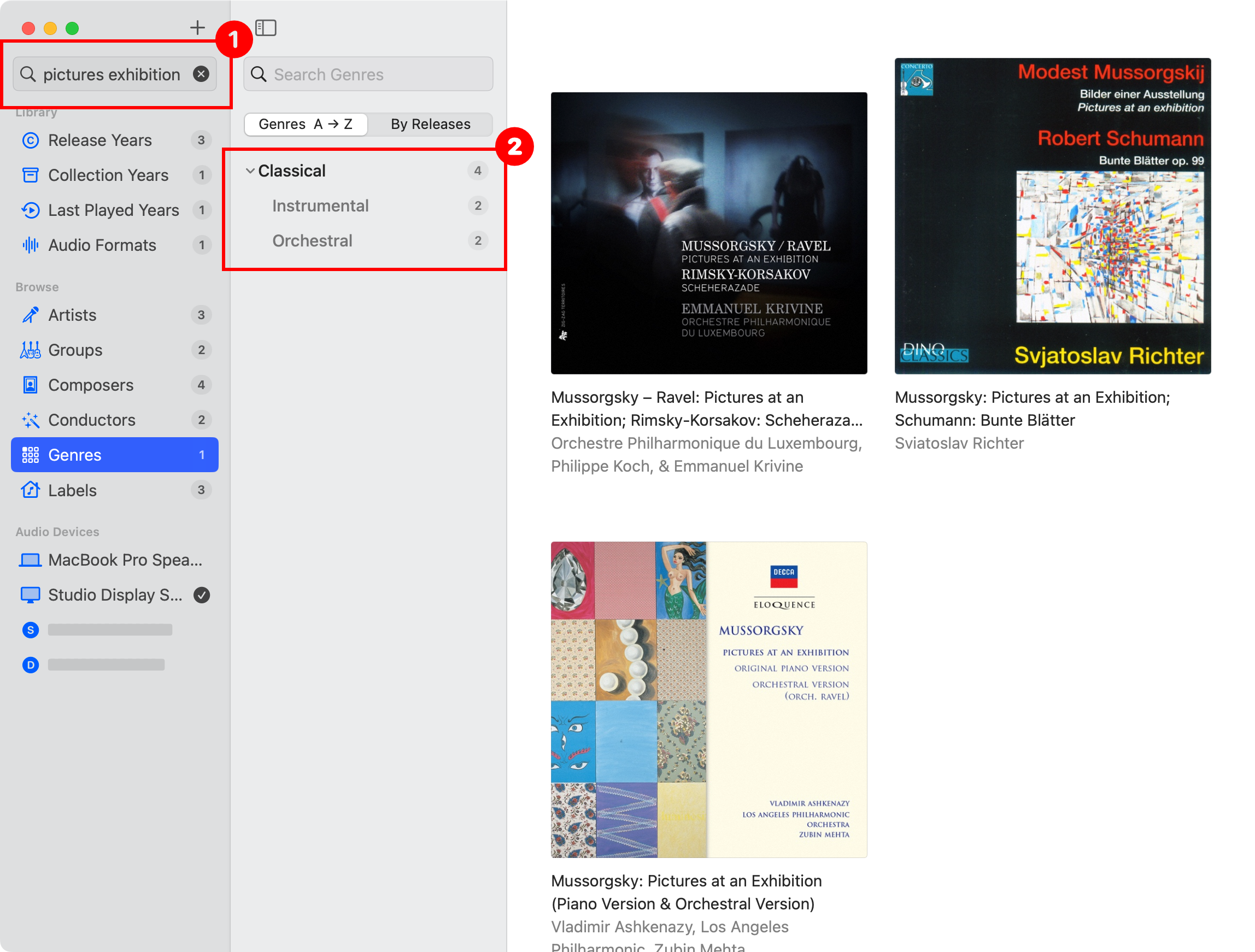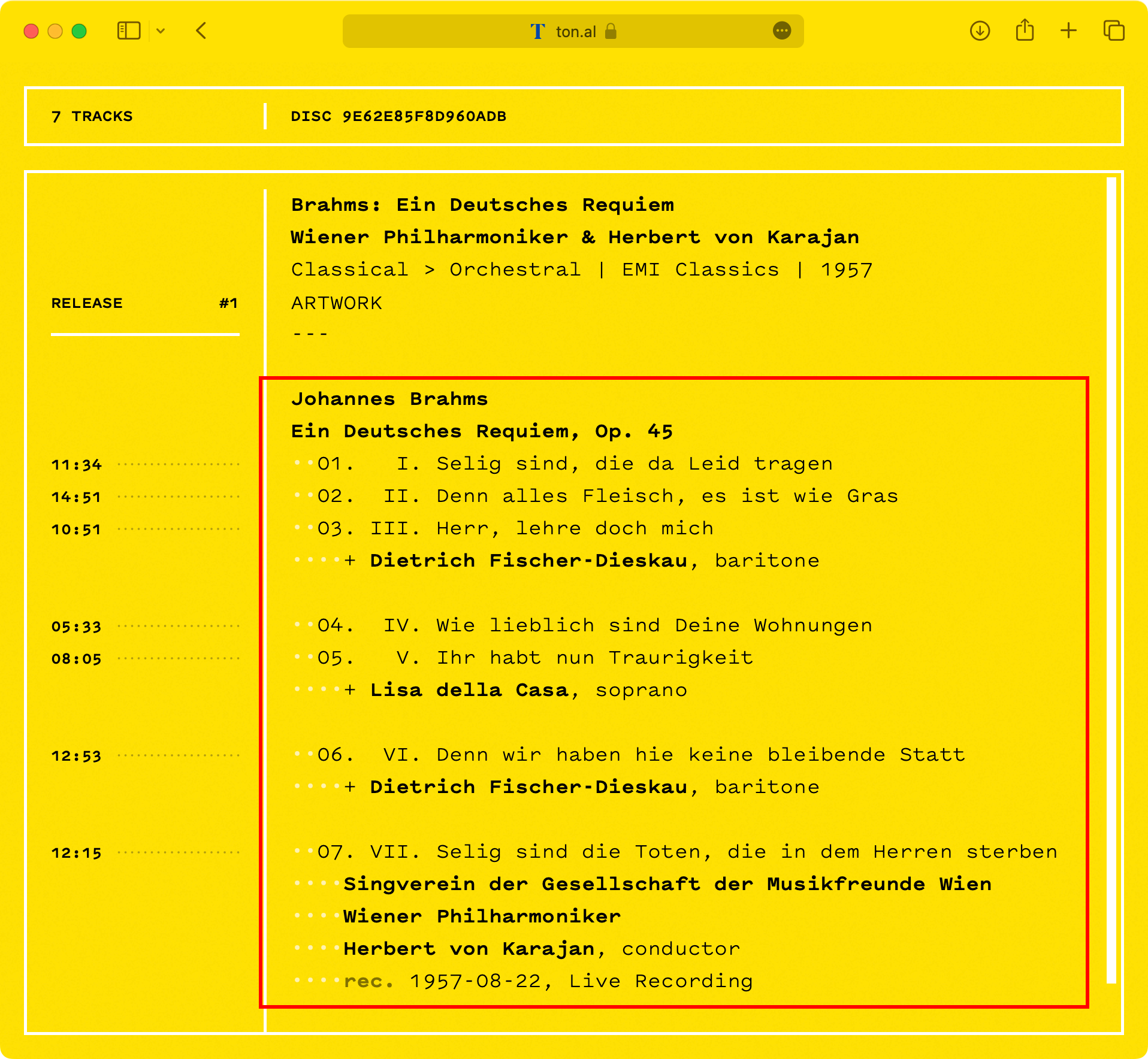Apologies if I came across as a bit judgy. It's just my opinion, man!Do you like the old version? For the new one, I gave it an anonymous but native feeling. Defining how it works is more important than defining how it looks, at least for the prime time.
This is very important and fundamental. Please understand I need to pitch the more fundamental things (audio format, music metadata, and playback) first because Tonal is so controversial on these topics.
I rarely mentioned subjective sound quality performance except for the last fine note (I quote others for the only fine note). The audio stack, the configuration-free feature, and the low-footprint renderer are measurable engineering decisions: I am not too shy to describe them (again, I will not link that to anything subjective).
There are no more problems I am trying to solve, only these for the initial version.
- Classical music metadata is a real problem. If you don’t feel the pain, please skip this one.
- Collaboration on music metadata is a real problem, MusicBrainz is born for that (remember the old FreeDB?).
- Keeping a music collection well-organized is a real problem, I have OCD that asks me to reduce entropy at all costs. If your music collection is well-organized without inconsistencies, please skip this one.
- Fixing broken CD rips is a real problem. If you only collect hi-res music or don’t use Macs, please skip this one (CUETools is unavailable on macOS for the time being).
- Accurate playback is a real problem. Have you encountered some $$$ apps that pop/click at the beginning/end of DSD tracks? If not, please skip this one.
- Unnecessary configuration is a real problem IMHO. Please see my above post.
- Data source availability is a real problem IMHO. I want my experience to be powered by transparent and lasting data, especially in the AI era.
Thank you.
The old version looks okay. I'd have a UI designer work on the typography. It needs to look fresh and clean, don't ignore trends. Also, I'd say that albums have one element that many folks complain is missing in the digital experience: artwork. Have a designer explore a solution to that problem. Apple has used a few clever examples in the past.
I would argue against your assumption that defining how your app works is more important than how it looks. If it is thoughtfully designed, a user won't feel the need to concern themselves with how it works. It just works, it organizes the data input while presenting only what's relevant to the user, beautifully.
If your target market is exclusive to 'audiophiles', I'd do some research into what actually motivates them to buy in.
My assumptions would be:
- They're motivated by stories. Your bit-perfect, proprietary format optimized for audio, etc. might actually speak to them.
- They want high-end looks. There is a reason streamers can be sold in heavyweight casework with external power supplies, without audible benefit. Aesthetics. A trophy they can listen to. How it looks is important.
- If the above is true, a low price point might actually be a deterrent.
TLDR: Make it pretty and broaden the appeal. You don't have to abandon your core principles to do either of those things.







